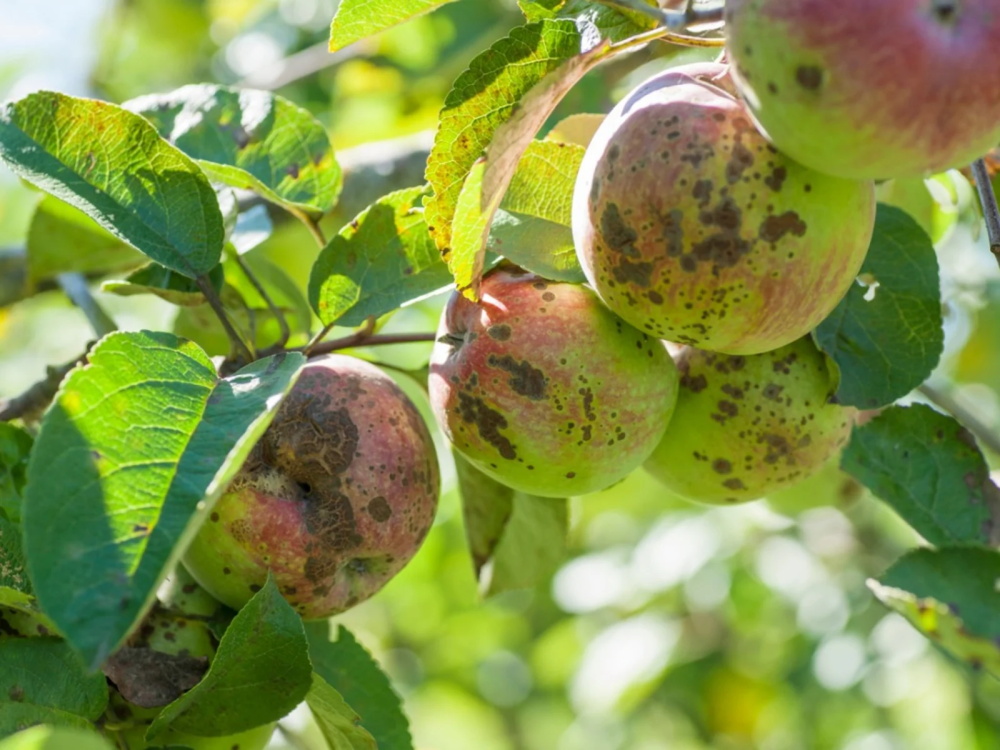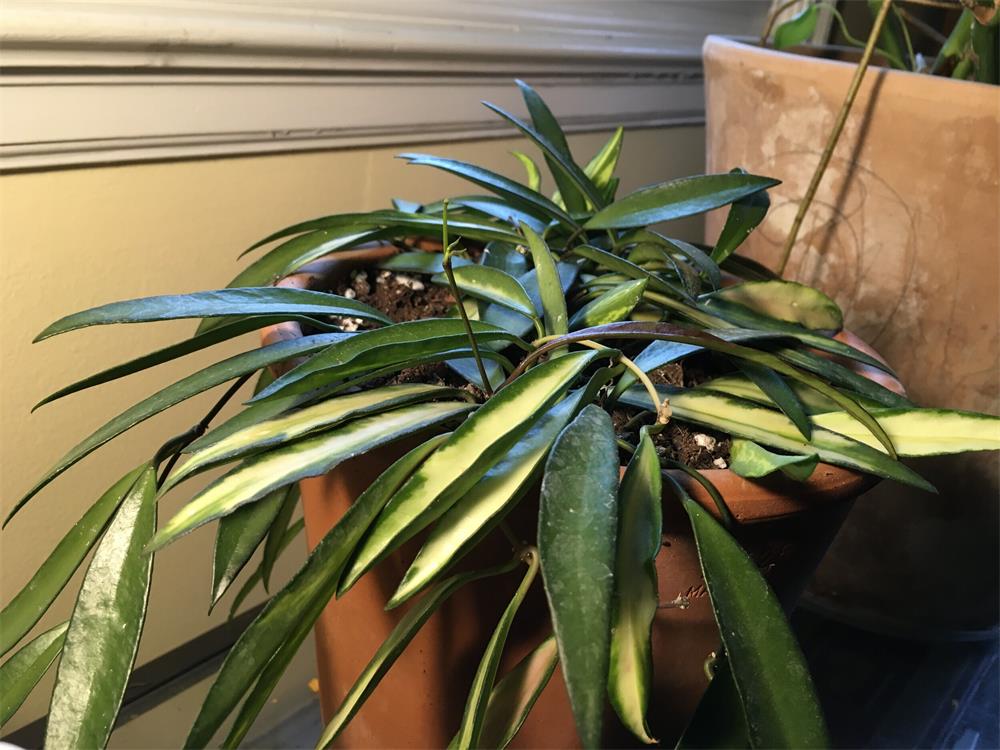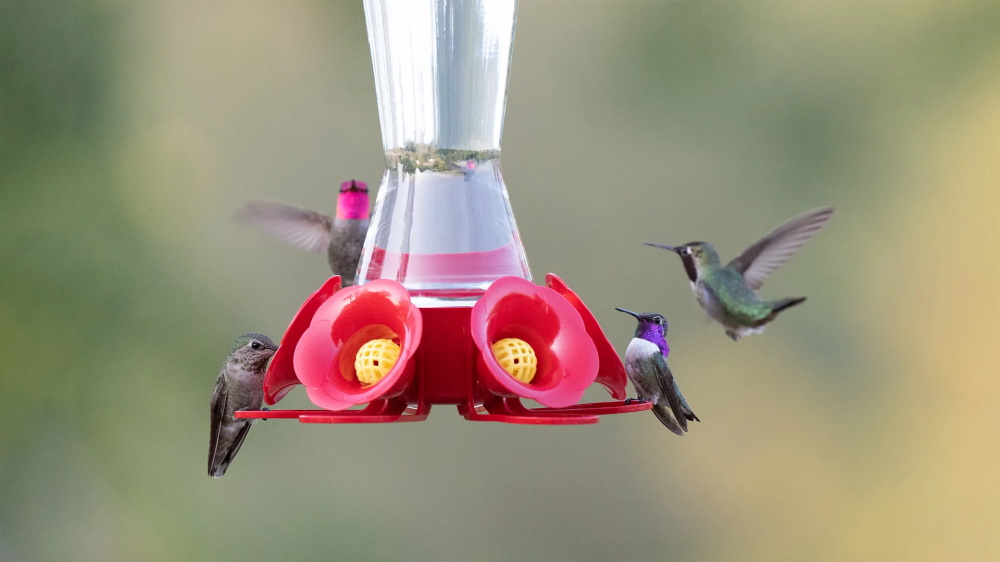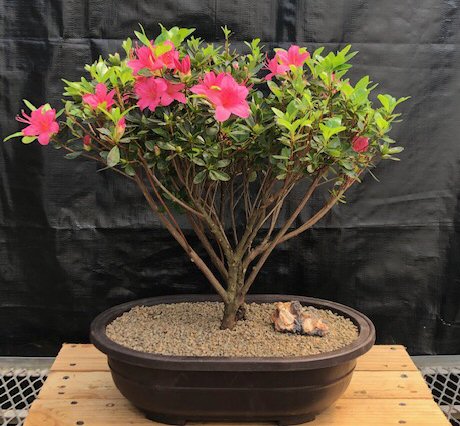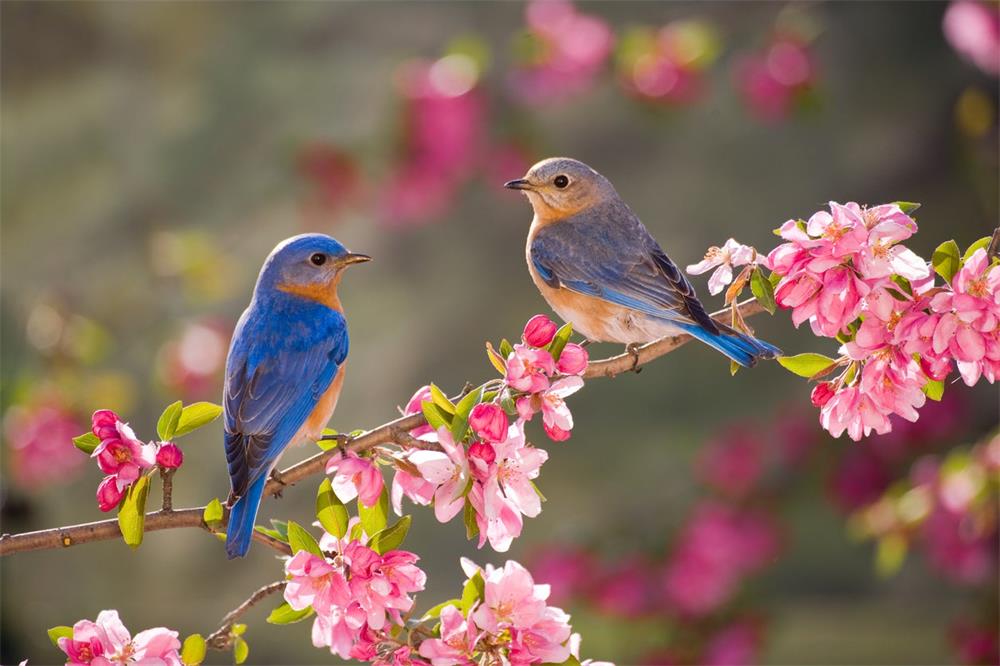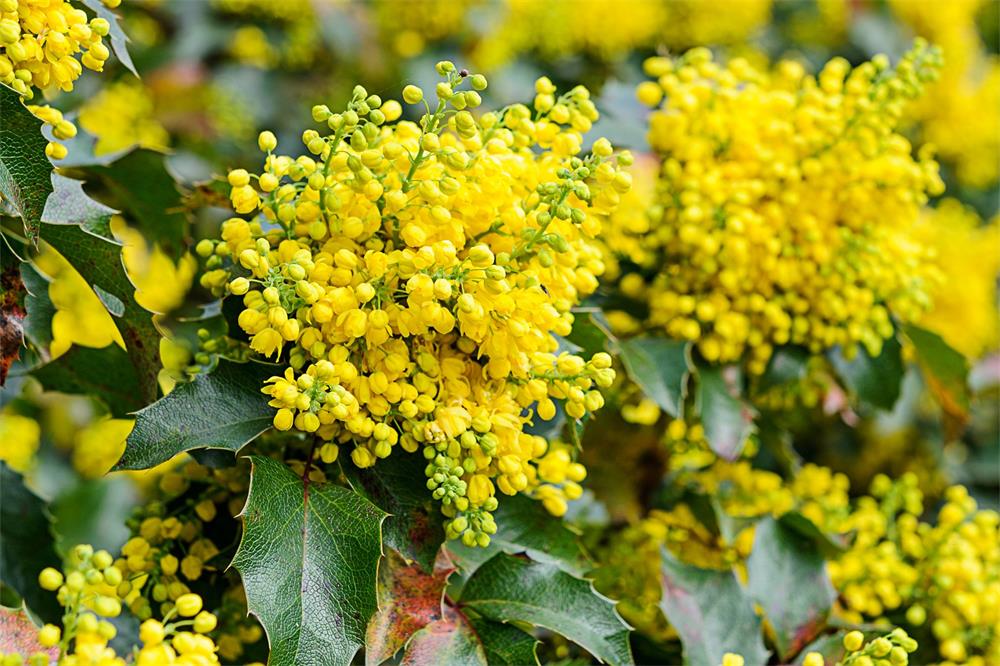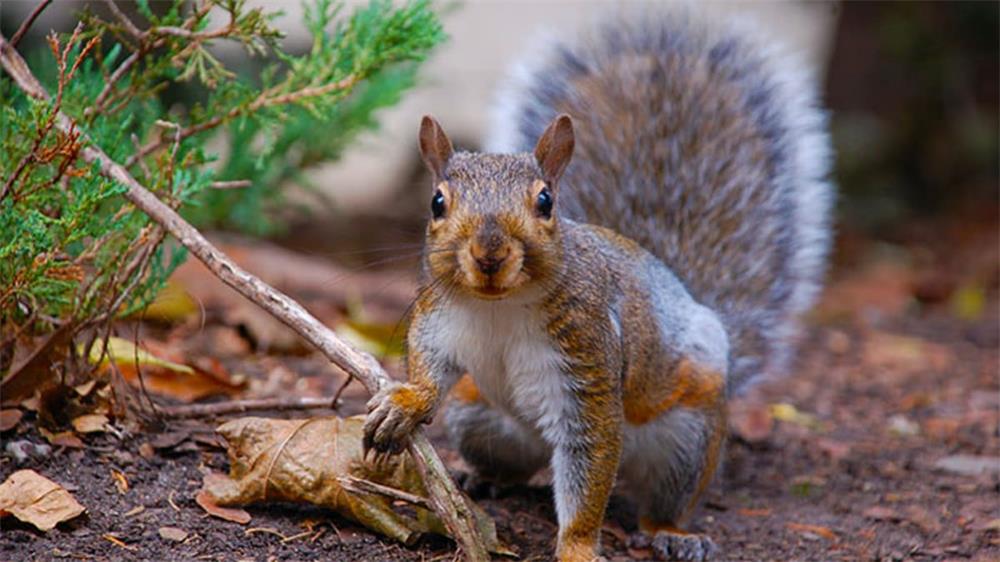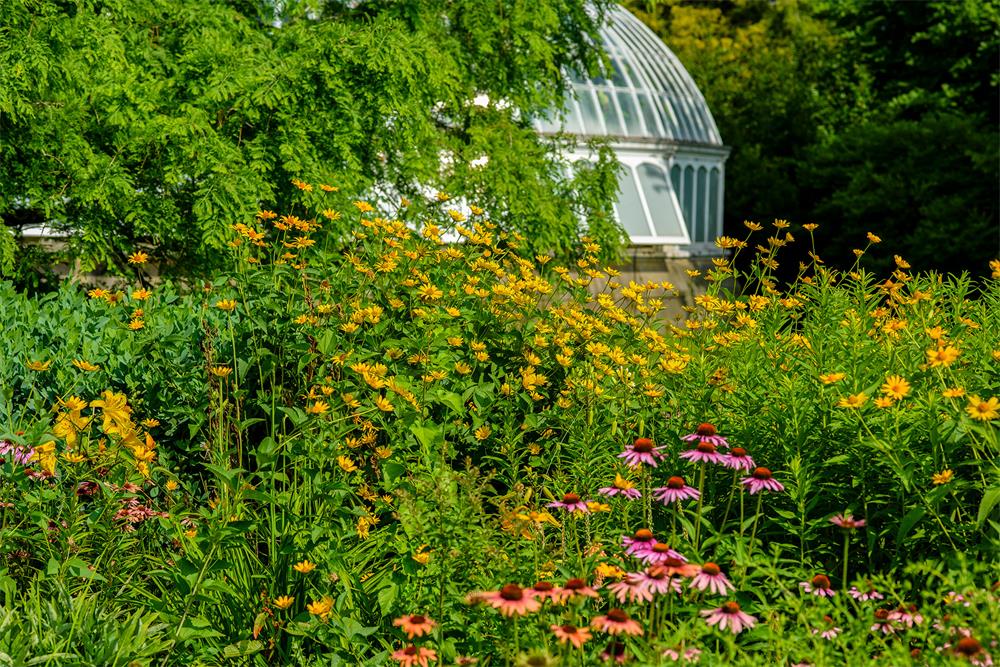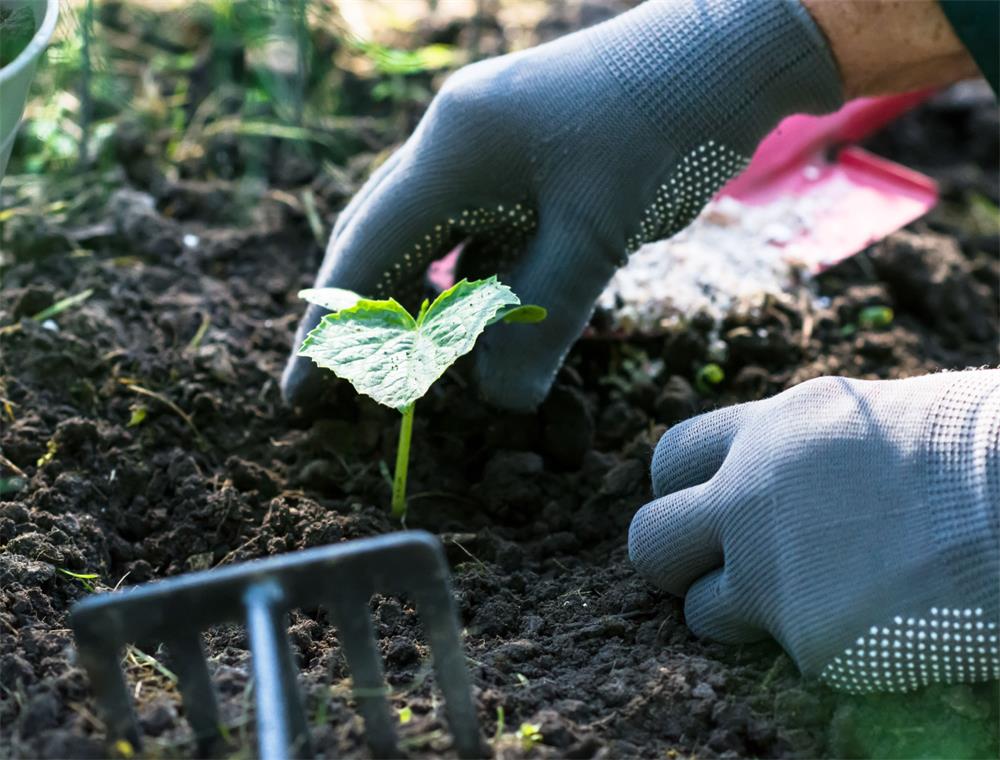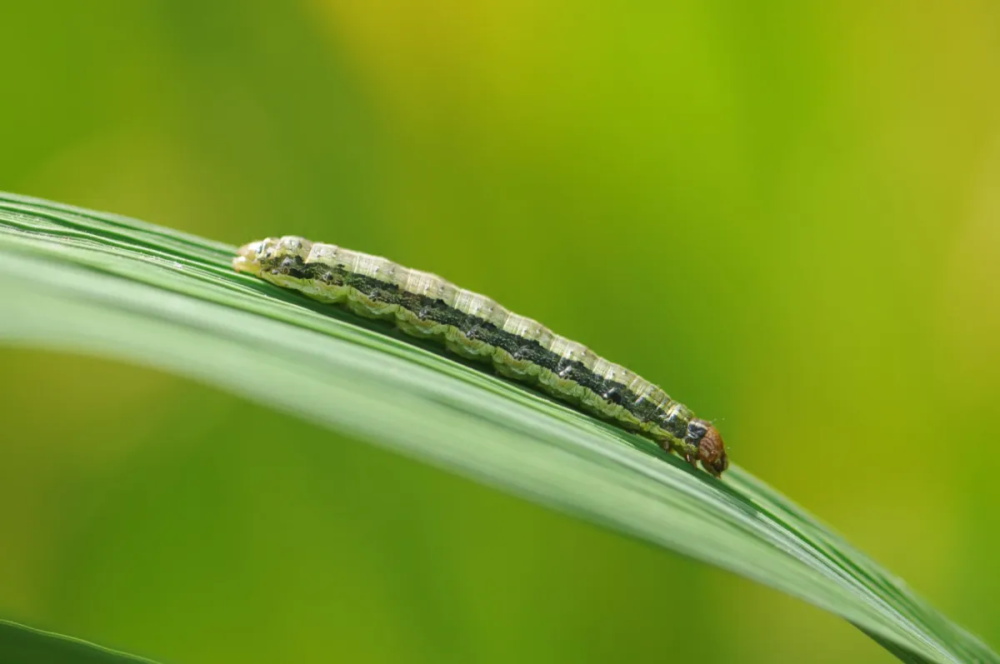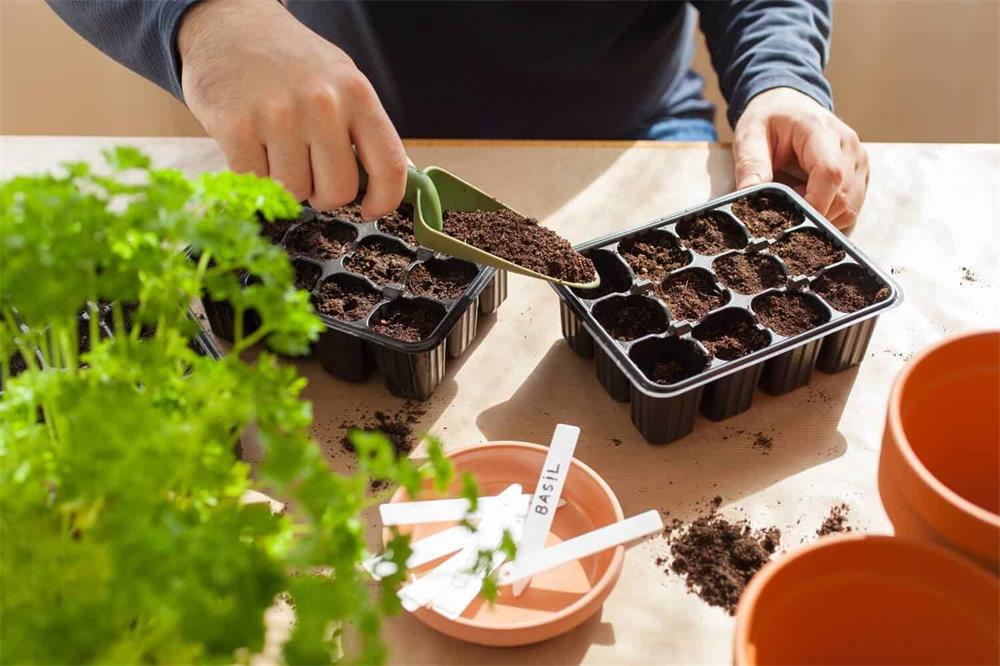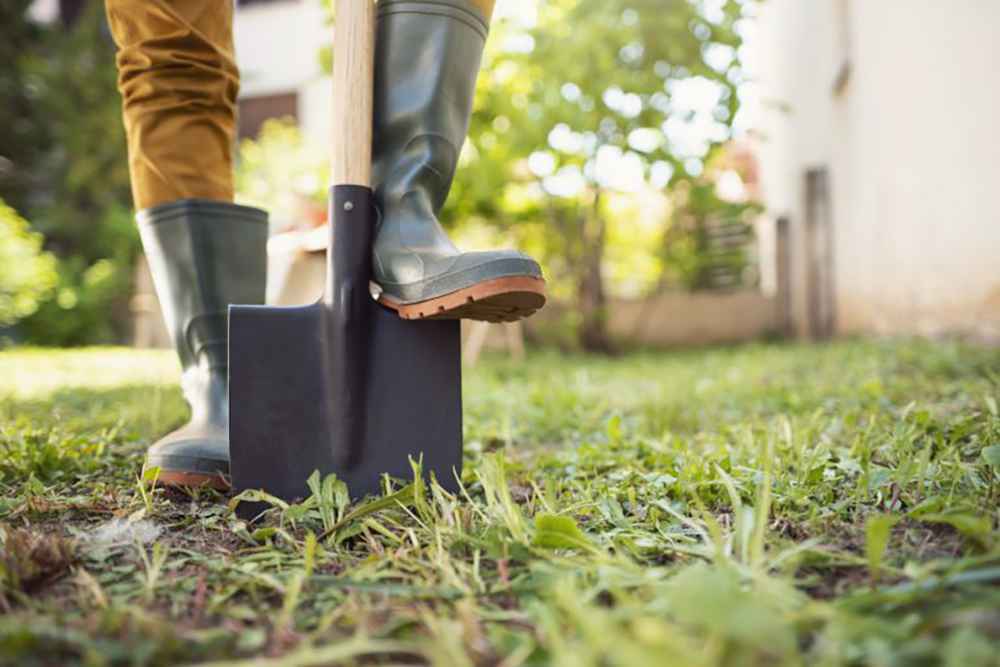
Table of Contents
Spring is a wonderful time to enjoy the fresh air and the blooming flowers in your yard. But before you can relax and admire your garden, you need to do some spring cleaning for your lawn and landscaping. Spring cleaning is not only good for the appearance of your yard, but also for its health and productivity.
Spring cleaning for your lawn and landscaping involves several tasks that can prepare your yard for the growing season and prevent problems later on. Here are some of the main tasks you need to do for spring cleaning your lawn and landscaping.
1. Remove Debris and Litter
The first task for spring cleaning your lawn and landscaping is to remove any debris and litter that may have accumulated over the winter. This includes leaves, twigs, pinecones, branches, rocks, trash, dog feces, and anything else that does not belong in your yard.
Removing debris and litter from your lawn and landscaping will improve its appearance and make it easier to mow and maintain. It will also prevent pests, diseases, weeds, and fungi from taking over your yard. You can use a rake, a broom, a shovel, or a blower to collect and dispose of the debris and litter. You can also compost some of the organic materials, such as leaves and grass clippings, to use as fertilizer later.
2. Prune Dead and Damaged Branches
The second task for spring cleaning your lawn and landscaping is to prune any dead or damaged branches from your trees and shrubs. Winter weather can cause branches to break, crack, or die from cold, snow, ice, or wind. Pruning these branches will improve the health and shape of your plants and prevent further damage or infection.
To prune dead or damaged branches from your trees and shrubs, you need to use sharp and clean tools, such as pruning shears, loppers, or a saw. You need to cut back to live stems or buds, making clean and angled cuts. You also need to avoid pruning too much or too close to the trunk or main stem. You can follow these general pruning guidelines for different types of plants:
- Deciduous trees: Prune in late winter or early spring before new growth emerges. Remove any dead, diseased, broken, crossing, or rubbing branches. Thin out crowded branches to improve light and air circulation. Shape the tree according to its natural form.
- Evergreen trees: Prune in late winter or early spring before new growth emerges. Remove any dead, diseased, broken, or rubbing branches. Thin out crowded branches to improve light and air circulation. Shape the tree according to its natural form.
- Flowering shrubs: Prune according to their blooming time. For shrubs that bloom in spring on old wood (such as lilacs, forsythias, azaleas), prune right after they finish flowering. For shrubs that bloom in summer on new wood (such as roses, hydrangeas, butterfly bushes), prune in late winter or early spring before new growth emerges.
- Evergreen shrubs: Prune in late winter or early spring before new growth emerges. Remove any dead, diseased, broken, or rubbing branches. Thin out crowded branches to improve light and air circulation. Shape the shrub according to its natural form.
3. Prepare Flower Beds and Planting Areas
The third task for spring cleaning your lawn and landscaping is to prepare your flower beds and planting areas for new plants or seeds. This involves removing any weeds, dead plants, or mulch from the previous season; loosening and amending the soil; adding compost or fertilizer; edging the beds; and applying fresh mulch.
Preparing your flower beds and planting areas for new plants or seeds will improve their appearance and fertility; suppress weeds; retain moisture; regulate temperature; prevent erosion; attract beneficial insects; and protect your plants from pests and diseases.
To prepare your flower beds and planting areas for new plants or seeds, you need to follow these steps:
- Remove any weeds by hand or with a hoe or a weed killer. Make sure to remove the roots as well as the foliage.
- Remove any dead plants by pulling them out or cutting them at the base.
- Remove any old mulch by raking it off or digging it into the soil.
- Loosen and amend the soil by tilling it with a spade or a fork to a depth of 6 to 12 inches. Break up any large clumps of soil and remove any rocks or debris. Add some organic matter, such as compost, manure, or peat moss, to improve the soil texture and nutrient content. You can also add some balanced fertilizer, such as 10-10-10, to boost the soil fertility.
- Edge the beds by cutting a clean and neat border around them with a spade or an edger. This will define the shape of the beds and prevent grass or weeds from encroaching into them.
- Apply fresh mulch by spreading a 2 to 4 inch layer of organic material, such as wood chips, bark, straw, or pine needles, over the soil surface. Leave some space around the base of the plants to avoid smothering them or causing rot.

4. Plant New Plants or Seeds
The fourth task for spring cleaning your lawn and landscaping is to plant new plants or seeds in your flower beds and planting areas. This will add color, fragrance, and beauty to your yard and attract pollinators and wildlife. You can choose from a variety of annuals, perennials, bulbs, herbs, vegetables, fruits, or ornamental grasses that suit your taste and climate.
Planting new plants or seeds in your flower beds and planting areas requires some planning and preparation. You need to consider the following factors:
- The hardiness zone of your area. This is a measure of the average minimum winter temperature that determines which plants can survive in your area. You can find your hardiness zone on a map or online.
- The sun exposure of your site. This is the amount of direct sunlight that your site receives during the day. You can classify your site as full sun (6 or more hours), partial sun (4 to 6 hours), partial shade (2 to 4 hours), or full shade (less than 2 hours).
- The soil type and pH of your site. This is the texture and acidity or alkalinity of your soil that affects how well your plants can absorb water and nutrients. You can test your soil type by feeling it with your fingers or using a jar test. You can test your soil pH by using a kit or a meter.
- The size and spacing of your plants. This is the height and width that your plants will reach at maturity and the distance that you need to leave between them to allow for proper growth and air circulation. You can find this information on the plant labels or online.
- The planting time and method of your plants. This is the best season and way to plant your plants depending on whether they are seeds, seedlings, bulbs, tubers, rhizomes, corms, or bare-root plants. You can find this information on the plant labels or online.
To plant new plants or seeds in your flower beds and planting areas, you need to follow these general steps:
- Dig a hole that is twice as wide and deep as the root ball or container of your plant. If you are planting seeds, follow the sowing depth and spacing instructions on the seed packet.
- Remove the plant from its pot or packaging and gently loosen its roots if they are pot-bound or tangled.
- Place the plant in the hole so that its crown (the point where the stem meets the roots) is level with the soil surface. If you are planting bulbs, tubers, rhizomes, corms, or bare-root plants, follow their specific planting directions.
- Fill the hole with soil and firm it gently around the plant. Water thoroughly to settle the soil and eliminate air pockets.
- Add some mulch around the plant to conserve moisture and prevent weeds.
5. Control Pests and Weeds
The fifth task for spring cleaning your lawn and landscaping is to control any pests and weeds that may infest or invade your yard. Pests are any insects, animals, fungi, bacteria, viruses, or nematodes that can harm your plants or lawn by feeding on them, transmitting diseases to them, or competing with them for resources. Weeds are any plants that grow where they are not wanted or needed and can crowd out or choke your desired plants or lawn.
Controlling pests and weeds in your lawn and landscaping can prevent damage and diseases; improve the appearance and health of your yard; and save you time and money in the long run. You can use various methods to control pests and weeds, such as:
- Cultural methods. These are practices that can prevent or reduce pest and weed problems by creating unfavorable conditions for them or favorable conditions for your plants or lawn. For example, you can use proper watering, fertilizing, mowing, pruning, mulching, and sanitation techniques to keep your yard healthy and clean.
- Mechanical methods. These are physical actions that can remove or exclude pests and weeds from your yard by using tools or barriers. For example, you can use hand-pulling, hoeing, digging, cutting, trapping, netting, fencing, or row covers to control pests and weeds.
- Biological methods. These are natural ways that can control pests and weeds by using living organisms that are their predators, parasites, or pathogens. For example, you can use beneficial insects, birds, animals, fungi, bacteria, viruses, or nematodes to control pests and weeds.
- Chemical methods. These are synthetic or organic substances that can kill or repel pests and weeds by applying them to your yard according to the label directions. For example, you can use insecticides, fungicides, bactericides, nematicides, herbicides, or repellents to control pests and weeds.
You should always use the least toxic and most effective method to control pests and weeds in your yard. You should also follow the integrated pest management (IPM) approach that combines different methods based on monitoring, identification, prevention, and intervention.
6. Mow and Edge Your Lawn
The sixth task for spring cleaning your lawn and landscaping is to mow and edge your lawn to give it a neat and tidy look. Mowing and edging your lawn can also improve its health and growth; prevent pests and diseases; reduce weeds; and enhance its color and density.
Mowing and edging your lawn requires some equipment and skills. You need to use a sharp and clean mower that is suitable for your lawn type and size. You also need to use an edger or a trimmer that can cut the grass along the edges of your lawn where the mower cannot reach.
To mow and edge your lawn properly, you need to follow these tips:
- Mow your lawn when it is dry and at the right height for your grass type. You can find the recommended mowing height for different grass types online or on seed packets. As a general rule, you should not cut more than one-third of the grass blade at a time to avoid scalping or stressing your lawn.
- Mow your lawn in different directions each time to prevent ruts or uneven growth. You should also overlap each pass slightly to avoid missing any spots.
- Mow your lawn at a moderate speed to avoid tearing or ripping the grass blades. You should also avoid making sharp turns or sudden stops that can damage your lawn.
- Edge your lawn along the sidewalks, driveways, curbs, flower beds, and other borders to create a clean and crisp line. You can use an edger or a trimmer to cut the grass vertically or at an angle. You should also remove any grass clippings or debris from the edges.
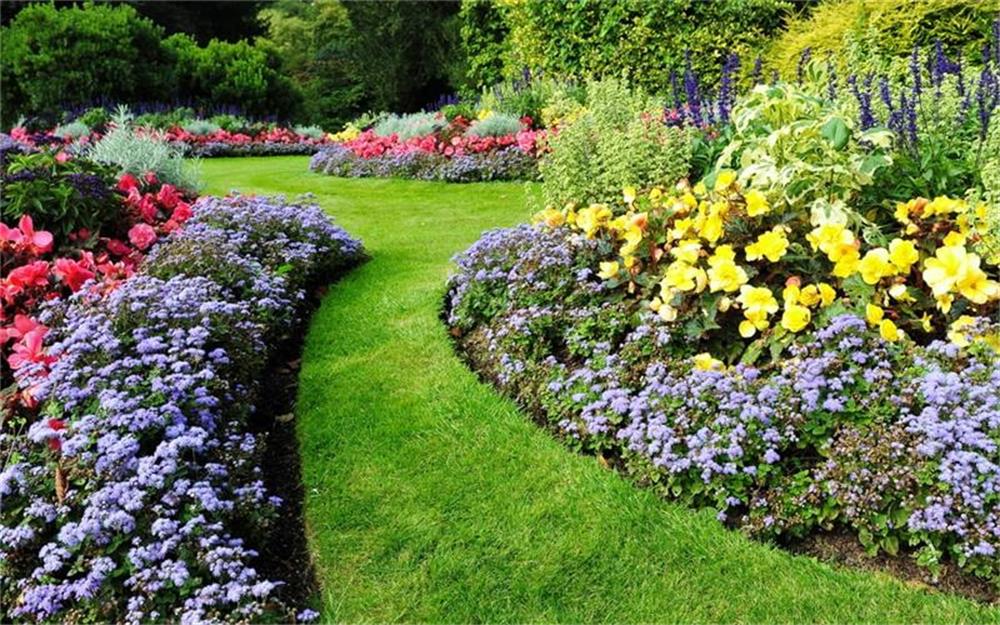
Summary
Spring cleaning for your lawn and landscaping is a necessary and rewarding task that can make your yard look beautiful and healthy. Spring cleaning for your lawn and landscaping involves several tasks that can prepare your yard for the growing season and prevent problems later on. Here are some of the main tasks you need to do for spring cleaning your lawn and landscaping:
- Remove debris and litter from your lawn and landscaping to improve its appearance and prevent pests, diseases, weeds, and fungi.
- Prune dead or damaged branches from your trees and shrubs to improve their health and shape and prevent further damage or infection.
- Prepare your flower beds and planting areas for new plants or seeds by removing weeds, dead plants, or mulch; loosening and amending the soil; adding compost or fertilizer; edging the beds; and applying fresh mulch.
- Plant new plants or seeds in your flower beds and planting areas to add color, fragrance, and beauty to your yard and attract pollinators and wildlife.
- Control pests and weeds in your lawn and landscaping by using cultural, mechanical, biological, or chemical methods to prevent damage and diseases; improve the appearance and health of your yard; and save you time and money in the long run.
- Mow and edge your lawn to give it a neat and tidy look; improve its health and growth; prevent pests and diseases; reduce weeds; and enhance its color and density.



